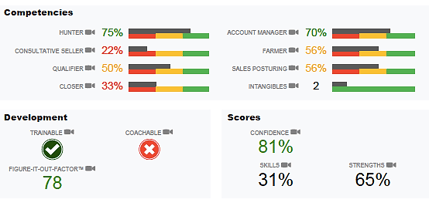MANAGEMENT RESPONSIBLE FOR A $450 BILLION PROBLEM
According to the article, People Leave Managers, Not Companies by Victor Lipman, the research is unanimous in the premise that managers are directly responsible for the productivity of the people they manage.
“Gallup data shows 30% of employees “engaged.” Towers Watson data shows 35% “highly engaged.” Dale Carnegie data shows 29% “fully engaged.” And these aren’t small studies; the Gallup survey includes more than 350,000 respondents and the Towers Watson survey includes more than 32,000. Gallup goes on to estimate an annual cost in lost U.S. productivity of more than $450 billion. This is a staggering figure. Even if it’s imprecise, it gives a sense of the magnitude of the problem.”
INTERESTED IS NOT ENGAGED
My mandolin teacher is a better player than he is a teacher. I’ve not had music lessons before so I may not be an accurate judge of what makes a good music teacher, but I have been taught and coached before. The best ones have always engaged me by first understanding what I wanted to accomplish, getting a feel for my current state (skill level) and assessing my commitment to being better. I’ve not had this discussion with John at all. The starting point in my lessons was him jumping in and telling me about keys, chords, progressions and scales. I might as well take Greek lessons. I was interested… but not engaged.

“LOSING THE SCHOLARSHIP”
I will not seek out another instructor… nor will I tell him he’s ineffective as a teacher because he spends his time showing off stuff that will take me years to learn while I pick my way through the Godfather Theme for the 1000th time. Why? Because I don’t have time to seek out someone else, I am learning something and, most importantly, I'm not going to “lose my scholarship” if I don’t get Country Boy by John Denver.
What does this have to do with managers, specifically sales managers? Everything.
I will admit that I just signed up for the music instructor that they had available.
- Kind of like a salesperson taking a job and really not knowing the qualifications of the manager that will be leading them to success.
I will admit that I’m approaching music as a pastime and not like my life or my retirement plans depend on my music skills.
- Kind of like a salesperson taking a new sales role and really not understanding what the expectations are for success in the first 90 days
- Kind of like salespeople already on the staff that are “at leasters” and aren’t worried about their position because, as long as there are people below them on the stack ranking, they won’t “lose their scholarship” (job).
TWO POSSIBILITIES… ONE EVENTUAL OUTCOME
Eventually, one of two things happen:
- The company catches up with the WITALAIITUs and the salespeople get put on PIPs. They respond well enough to keep their job or they immediately start looking for a new one.
- Or they get fed up with the hassles of performing better without any significant support, training or coaching to help them get better and so they leave.
THE PROBLEM PERSISTS BECAUSE BUSINESS ALLOWS IT
At the end of the day, the turnover ratios in the company continue to put a drain on profitability. HR and hiring managers explain it all away as “the nature of our business”.
It’s the nature of the business only because business allows it to be so. They allow ineffective recruiting, poor on-boarding, sloppy or missing solid performance management and last, but not least, the continuation of ineffective of coaching.
3 SOLUTIONS TO ADDRESS THE PROBLEM NOW
What to do? These three things will get you started:
- Start with Better Ingredients - Like the cooking analogies I’ve used before, start with fresh ingredients. In this case, I mean start with better people. I don’t mean people that are just better from a moral or ethical perspective, although that's normally pretty important. In this case, I mean start with people that fit your culture and will do well on the scorecard for success.
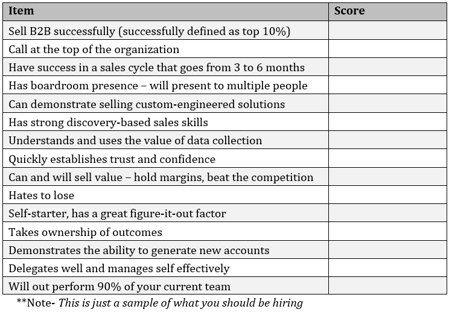
- Have a Supportive Sales Managed Environment® - You have to have the structure in place so that the person in charge of running the show won’t have excuses or reasons to fail. Essentially, you need to have systems in place for:
- Performance management
- Upgrading the sales force
- Motivating the sales team
- Coaching for success
- Recruiting top talent
- Management with a Coaching Bias - Phil Jensen spoke of the 3rd factor (as it relates to coaching) several years ago at an Ecsell Institute Sales Management Summit. The concept is simple. There are two factors that most of us rely on to function and succeed – Nature and Nurture. Jensen suggest that people also rely on a third factor – in the case of successful managers, they have a “coaching bias”. That is their 3rd factor. They care more about developing people than they do anything else. They experience success as a result of the success of the people they are coaching.
Additional Resources:
No More Hiring Mistakes. Guaranteed! – http://www.hirebettersalespeople.com
Identify Your Systems and Processes – Sales Effectiveness and Impact Analysis Sample

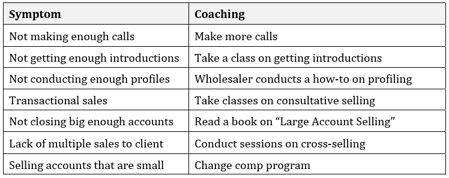

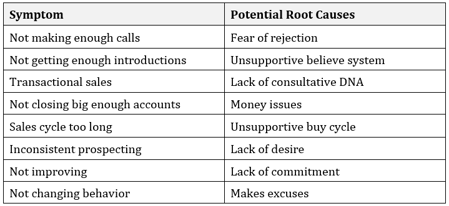
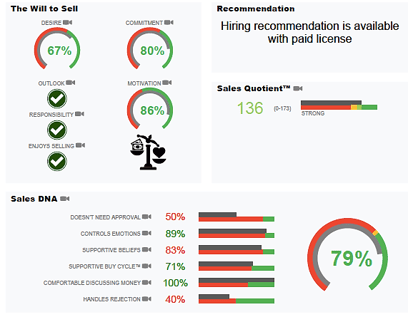 Wouldn’t you want to know in advance that they had desire and commitment to be successful in SELLING? How helpful would it be to know in advance that they will struggle with rejections but they will be great talking about money? Take a look at the next shot:
Wouldn’t you want to know in advance that they had desire and commitment to be successful in SELLING? How helpful would it be to know in advance that they will struggle with rejections but they will be great talking about money? Take a look at the next shot: